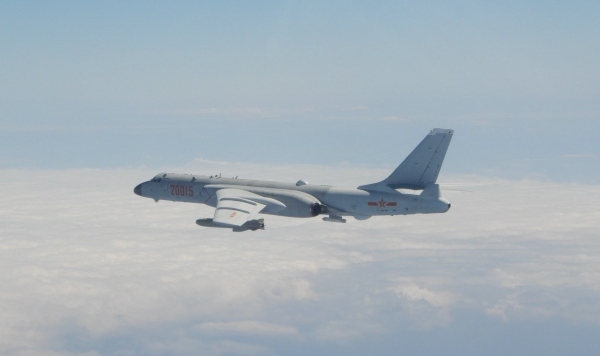
Electrifying aircraft requires powerful, compact motors
Several electric airplanes are already being tested but they still have a long way to go before being used commercially. The problem is mainly the lack of power. The energy needed to propel an aircraft fast enough to generate lift grows exponentially as the mass and size of the plane increase.
Firms are trying to solve this problem either by trying to fit more energy in the same mass or using energy more efficiently. H3X has taken both routes and developed a compact electric motor that's both more powerful and lighter than current models.
Called the "HPDM-250," the motor has a power output of 13 kilowatts per kilogram (kW per kg), which is significantly higher than the three to four kW per kg offered by the best production electric motors today.
In addition, HDPM-250's power output surpassed the 12 kW per kg benchmark that the industry aims to achieve for electric flight. Overall, the motor is rated for 250 kW of continuous power yet weighs only 15 kg. (Related: Rolls-Royce's all-electric plane passes major milestone while preparing for maiden flight.)
Creating a high-performance electric motor
H3X chief technical officer Max Liben reveals that the key to getting so much power from such a small package is integration. Electric motors have three main sections – the motor itself, a power delivery system and a gearbox – each of which usually has its own housing.
These sections are not integrated into one compact machine partly because they have different temperature requirements. The gearbox, for example, may not be able to operate at the temperatures generated by the motor or power system, or vice versa. Housing them together may cause one of them to seize up or fail.
What the startup has done is to integrate all the components into one housing with one cooling system. The firm has achieved that by using multiple cutting-edge technologies, such as power electronics that can tolerate high temperatures and pure copper 3D printing techniques.
Besides allowing more cooling to fit inside the housing, pure copper 3D printing also enables the use of custom internal geometries, which means that all components can be placed in the best possible locations inside the housing.
But Liben notes that integration takes more than just slapping one component on top of another.
"All the components are all intimately connected to the same housing and motor. We're making a truly integrated design that's one of the first of its kind at this power level," he said, noting that no such integrated motor has been developed before for commercial production.
While the technologies used for the motor are quite expensive, Liben claims that the size of the complete motor package will lead to cost savings in other aspects of aircraft design.
"People think, '3D printing copper, that’s expensive!' But when you compare it to the super high performance windings you’d need otherwise, and the different ways that you manufacture them, that can require a lot of manual steps and people involves. It can be a lot simpler printing something," he explained.
"When you’re selling something three times smaller than the other guy, even if it’s high performance materials, it’s actually not as expensive as you’d think," he added.
Learn more about high-tech machines that can usher in the electrification of air travel at Inventions.news.
Sources include:
Please contact us for more information.























